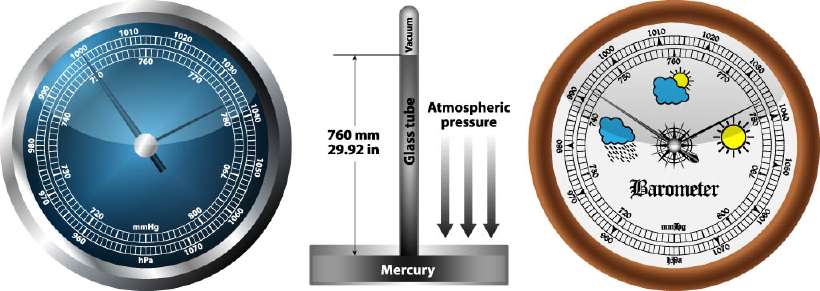What is the Weight of Air?
Home / Science for Kids / 5Ws & H For Kids / What is the Weight of Air?
As you stand in the middle of a playground or while you are sitting in your class, there is an immense weight right over your head, but you do not feel it! This is the weight of the atmosphere, or air, as we know it.
Composed of nitrogen, oxygen, carbon dioxide and other gases, it surrounds the earth like an envelope. And, it extends almost a thousand kilometres above the Earth’s surface.
Like all other substances, air also has weight. Imagine, we are actually talking about a thousand-kilometre high column of air above our heads. This is known as the atmospheric pressure.

Why don’t our bones get crushed under this weight?
Actually, our bodies have an internal pressure, which counters that of the atmospheric pressure and, in the process, balances it out. This internal pressure is essential for our survival.
A little change in the atmospheric pressure can make us feel sick. This is the reason why mountaineers get sick at high altitudes. As we go higher, the air becomes thin and hence, the atmospheric pressure also decreases.
How is it measured?
![What is the Weight of Air? [Illustration by Shinod AP]](/media/5wh-175_1_huccc160a99375fd89f9d393e90a4cf447_10377_320x0_resize_q60_box.gif)
It is measured as weight of the atmosphere for a given area. Or, the amount of weight on a small area, such as a centimetre. In 1643, Evangelista Torricelli, an Italian mathematician, invented an instrument to measure atmospheric pressure. It is called the barometer.
A barometer consists of an empty tube from which air has been taken out. This tube is inverted into a dish of mercury. Since the dish of mercury is subjected to the pressure of the air above it, some of the mercury is pushed into the tube.
The level to which mercury rises is measured in inches and this indicates the atmospheric pressure. On a clear day (clouds and high winds can alter atmospheric pressure), at sea level, mercury rises to a height of 29.792 inches (76 centimetres), in a barometer. This is equal to 14.70 pounds (6.6 kilograms) per square inch of area. Hence, at sea level, we carry about 6.6 kilograms of weight on every inch of our body.
361 words |
3 minutes
Readability:
Grade 7 (12-13 year old children)
Based on Flesch–Kincaid readability scores
Filed under: 5ws and h
Tags: #pressure, #atmosphere, #mercury
You may also be interested in these:
What is Blood Pressure?
What is a Volcano?
Why does Cola Fizz?
How does a Submarine Work?
Why's the Sun Red during Sunrise and Sunset?